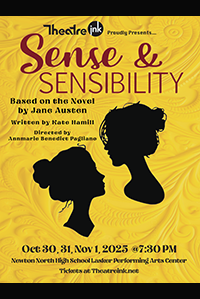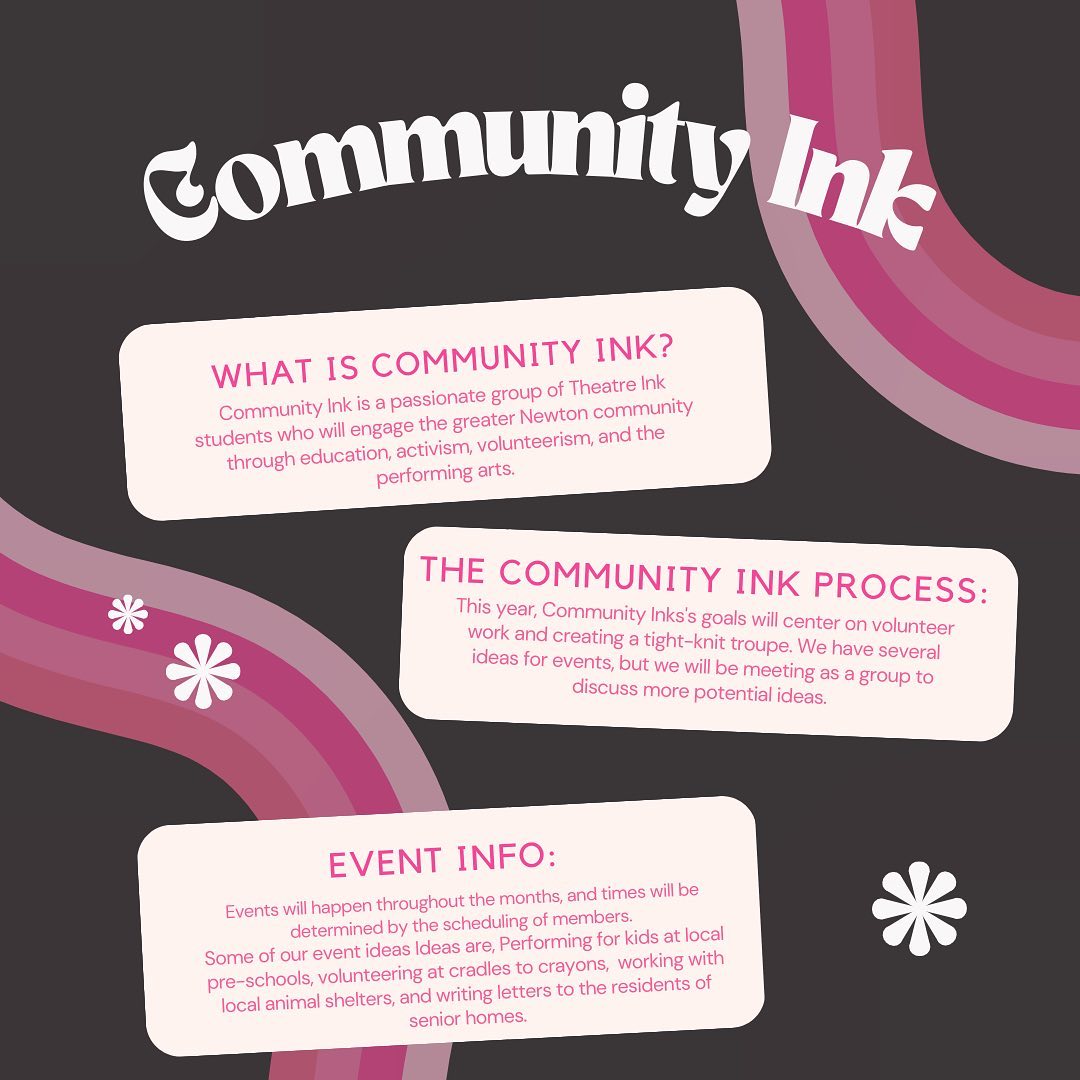“Women have minds and souls as well as just hearts, and they’ve got ambition and talent as well as just beauty,” said the character Jo March, played by Saoirse Ronan.
Little Women (2019), directed by Greta Gerwig and based on the classic book Little Women by Louisa May Alcott, moved audiences nation-wide by transforming an age-old story into a powerful feminist narrative.
The story is set in Concord, Massachusetts during the Civil War, and follows Jo, a passionate writer, from childhood to adulthood along with her three sisters, Meg, Amy, and Beth, played by Emma Watson, Florence Pugh, and Eliza Scanlen respectively. The movie goes back and forth between childhood and adulthood. To make the transition clear, Gerwig puts a warm filter on childhood scenes.
Alcott wrote the book with feminist ideas that were not accepted at the time, such as women who do not want to marry and females with their own passions. A few of these ideas were too extreme for the book and were edited out.
The movie incorporates these concepts back into the plot. Women of the time were expected to marry into money then live off their husbands. The sisters have their own passions and dreams, however, which are challenged both by their circumstances and the society around them.
With the way the sisters talk and act, there is a more contemporary feel to the film. Their situations and issues seem aged, but the dialogue and acting makes it relatable for a contemporary audience. The girls also discuss ideas that are contemplated today, such as womens’ rights and careers.
The film brings a new focus to the classic story. Meg and Beth are reduced to supporting roles and Amy’s character is portrayed in a new light. Jo’s perspective influences readers of the story to view Amy as the villain. Amy’s character also directly contrasts Jo’s, which furthers the tension between them. Amy wants to be an artist, but dulls her passion for the realistic goal of marrying rich, while Jo puts all her passion into writing with no time for love.
Gerwig’s Little Women seems to be the first version of the story to show Amy’s viewpoint and her motives behind the disputes with Jo. By showing the perspective of Amy, Gerwig allows viewers to decide which character they connect to the most. The only real villain in the movie is society for making the girl’s passions so hard to achieve. It is not sister against sister, but women against society.
The movie represents each character through costumes. The dresses seem to grow up with the girls. When they are young, the sisters dress similarly, but as they grow, their passions mirror their clothes. Jo is a carefree girl who mainly devotes her energy to writing; her clothes mirror her disinterest in fashion. Amy, on the other hand, wears stunning fitted dresses with her hair beautifully up in a twist. As an artist, it shows the care and effort she puts into herself and her art.
Each sister also has her own color scheme for her clothes. Jo is red, Amy is blue, Meg is green, and Beth is pink. Though their outfits and style change as they grow, their colors stay consistent. All the colors are shown in the mother’s outfits since she has a little bit of each girl in her.
With impressive choices about color, the new perspective of Amy, and an outstanding cast, Gerwig left her imprint and commentary on the original story. The movie changed the way the classic book can be perceived. In addition, the film reemphasizes Alcott’s idea that women are equally capable of achieving success with their passions, which has more relevance in today’s society with the increased prominence of feminism.









































